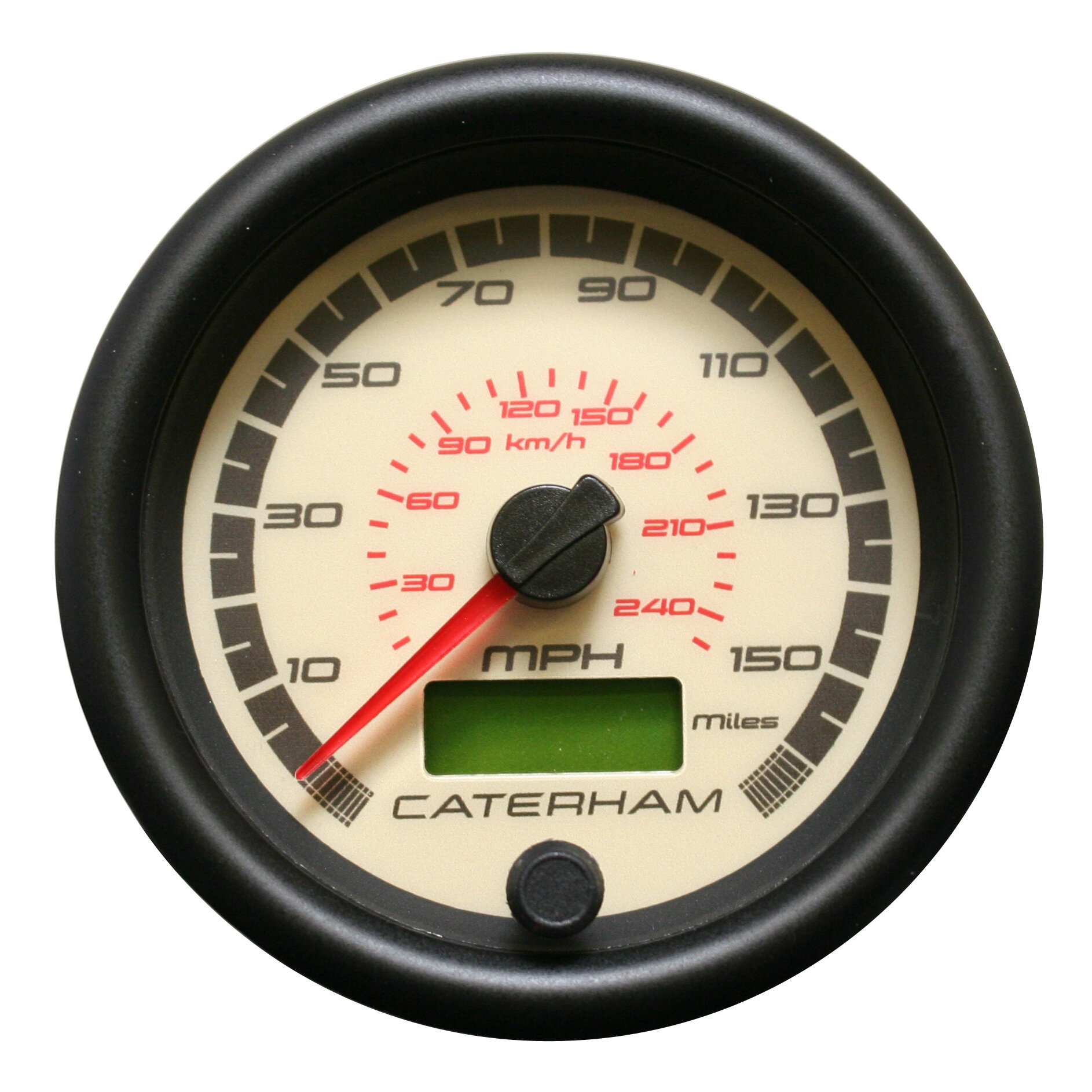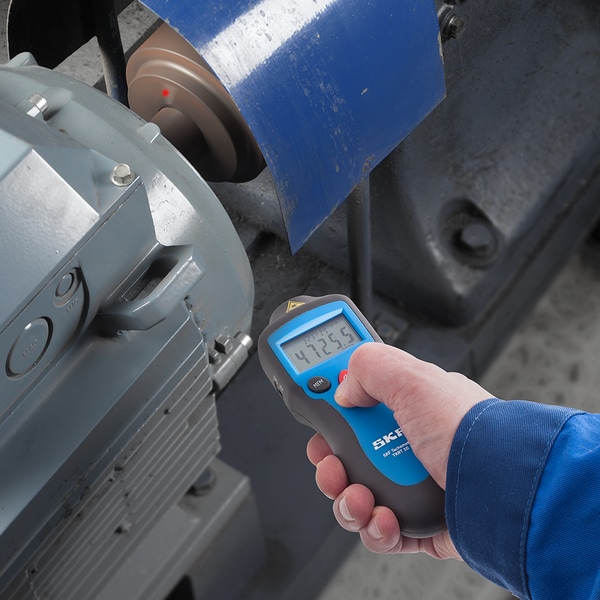Comprehensive Overview to Recognizing and Using a Tachometer Efficiently
Comprehensive Overview to Recognizing and Using a Tachometer Efficiently
Blog Article
Checking Out the Features and Advantages of a Tachometer: A Comprehensive Guide for Automobile Enthusiasts
In the world of vehicle instrumentation, the tachometer stands as a necessary device that provides vehicle drivers useful insights into their car's efficiency. tachometer. From supplying real-time data on engine speed to assisting in enhancing equipment changes, the tachometer acts as greater than just a dial on the control panel. Its diverse functions not just boost driving experience yet also play an essential function in maintaining engine health and wellness and performance. As we dig right into the intricate functions and benefits of a tachometer, a much deeper understanding of its relevance for automobile lovers and specialists alike will certainly unravel.
Recognizing the Essentials of a Tachometer
In the realm of vehicle instrumentation, recognizing the fundamentals of a tachometer is crucial for any kind of vehicle fanatic aiming to explore the ins and outs of engine efficiency monitoring. A tachometer, often shown on the control panel of an automobile, determines the engine's transformations per min (RPM) This important instrument provides real-time information on how quickly the engine crankshaft is rotating. By keeping an eye on the RPM, drivers can guarantee they are operating within the optimal range to make best use of performance and performance.
Tachometers usually have a range noted in revolutions per minute, with a redline showing the optimum speed at which the engine can securely run (tachometer). This information is important for stopping engine damages and optimizing gear changing for manual transmissions. Additionally, tachometers can help in identifying engine concerns such as misfires or a falling short ignition system by discovering uneven RPM analyses
Relevance of Keeping Track Of Engine Speed

The engine speed, gauged in revolutions per min (RPM), indicates exactly how fast the engine's crankshaft is revolving. Keeping track of engine rate is especially vital during gear changes, as it helps motorists establish the appropriate time to change gears for smooth acceleration and effective gas intake.
Additionally, tracking engine rate can additionally provide beneficial insights into the general wellness of the car. Uncommon changes in RPM might show issues such as a stopped up air filter, gas system problems, or even engine misfires. By identifying these abnormalities early via the tachometer analyses, drivers can attend to potential issues quickly, protecting against more severe damage and pricey fixings down the line. Overall, keeping track of engine speed with a tachometer is an essential method that can boost driving efficiency, prolong engine life, and ensure a safer and much more pleasurable driving experience.
Enhancing Efficiency With Gear Shifts
Correct gear shifting makes sure that the engine operates within its optimum power click band, permitting for smooth velocity and enhanced gas economic climate. When changing gears, it is important to pay interest to the engine rate indicated on the tachometer.

To attain peak performance through gear shifts, motorists must practice smooth and timely shifts in between equipments, matching engine rate with roadway speed to harness visit the website the complete possibility of their lorry's powertrain.
Optimizing Efficiency With a Tachometer
Understanding the art of equipment changing in high-performance lorries not just boosts driving experience but also plays an important function in optimizing performance with a tachometer. tachometer. By paying close focus to the tachometer analyses, vehicle drivers can maximize their equipment shifts to run within the engine's most efficient range. When accelerating, shifting equipments at the ideal RPM indicated by the tachometer can prevent the engine from straining or underperforming, leading to boosted gas effectiveness and general performance
Furthermore, a tachometer assists chauffeurs avoid unneeded revving, which not just squanders fuel but additionally places unnecessary strain on the engine. Continually checking the tachometer while driving permits for smoother gear changes, minimizing damage on the transmission system in time.

Advanced Tips for Tachometer Application
To dig into sophisticated suggestions for tachometer usage, think about integrating the usage of change lights. Change lights are aesthetic signs that light up when it's time to shift gears based on engine revolutions per minute (RPM), allowing for smooth gear changes without constantly monitoring the tachometer. By fine-tuning change points and setting warning limits, motorists can enhance acceleration and engine efficiency while minimizing the risk of over-revving.
Verdict
To conclude, the tachometer offers as an important tool for car fanatics to monitor engine speed, boost efficiency with gear changes, and maximize effectiveness. By understanding the you can look here features and benefits of a tachometer, drivers can maximize their driving experience and extend the life-span of their automobile. Using advanced ideas for tachometer usage can better enhance driving abilities and general performance on the roadway.
Report this page